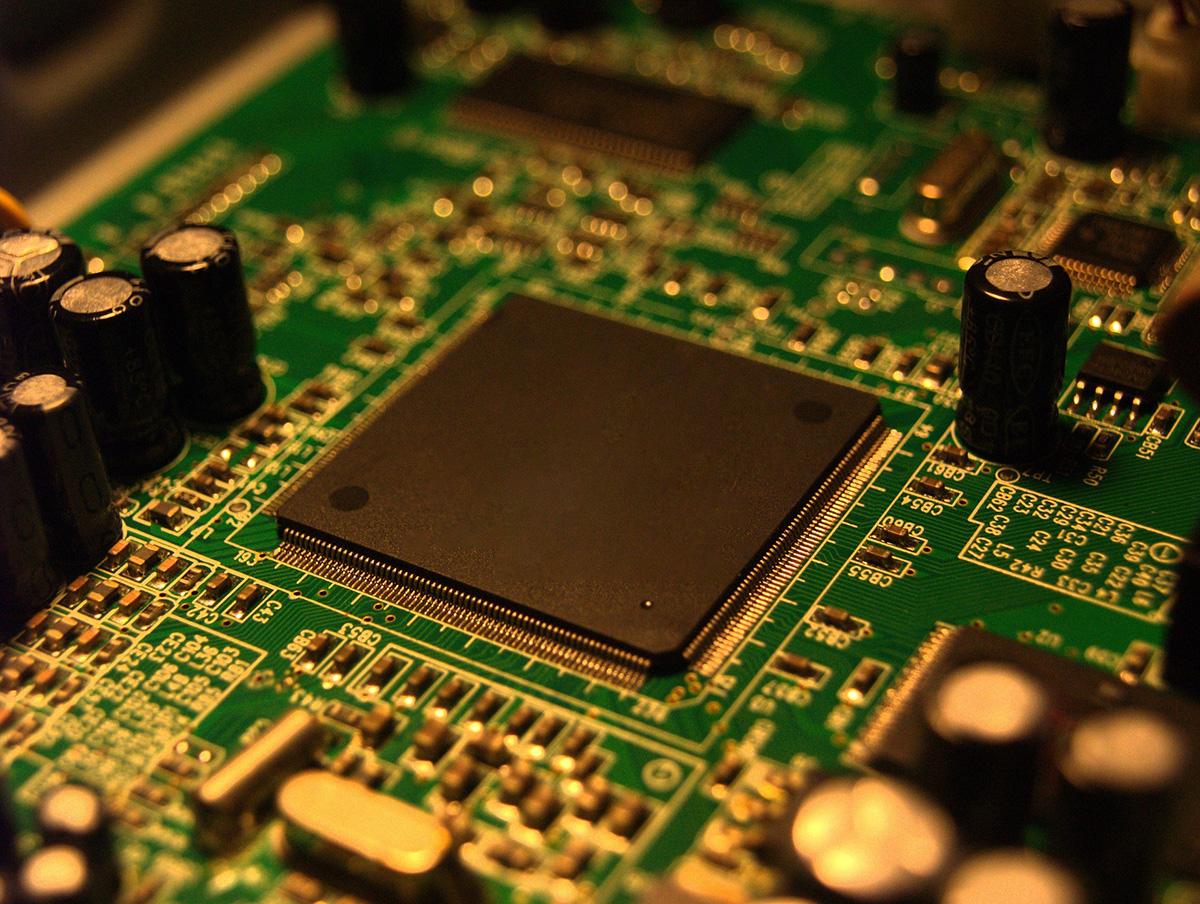
The ATMEGA88 is a versatile microcontroller from Atmel's renowned AVR family, offering a range of features suited for both beginners and experienced developers. This article delves into the key aspects of the ATMEGA88, including its pinout, datasheet, compatibility with Arduino, and comparisons with other microcontrollers such as the ATMEGA328.
Overview of the ATMEGA88
The ATMEGA88 is an 8-bit microcontroller that excels in a variety of embedded applications. It is built on the AVR architecture, known for its efficient execution of instructions and ease of use. With its rich feature set and relatively simple design, the ATMEGA88 is a popular choice for projects requiring reliable performance and flexibility.
ATMEGA88 Pinout
Understanding the pinout of the ATMEGA88 is crucial for successful implementation in various projects. The ATMEGA88 comes in different packages, such as the ATMEGA88-20AU and ATMEGA88-20PU.
• ATMEGA88-20AU: This version is in a 32-pin TQFP (Thin Quad Flat Package) configuration. It offers a compact form factor, ideal for space-constrained applications. The pinout includes general-purpose I/O pins, ADC channels, and various power and ground pins.
• ATMEGA88-20PU: This variant is housed in a 28-pin PDIP (Plastic Dual In-Line Package) configuration. It is suitable for prototyping and breadboard use due to its larger package size. The pinout of this version includes similar functionalities but with a slightly different arrangement due to its pin count.
For a detailed pinout diagram, refer to the ATMEGA88 datasheet, which provides comprehensive information on the pin configurations and their functions.
ATMEGA88 Datasheet
The datasheet for the ATMEGA88 is an essential resource for understanding its specifications, capabilities, and limitations. The ATMEGA88 datasheet includes detailed information about:
• Electrical Characteristics: Includes voltage ranges, current consumption, and power dissipation.
• Memory: Describes the Flash memory, SRAM, and EEPROM capacities.
• Features: Details the integrated peripherals such as timers, ADCs, and communication interfaces.
• Pin Descriptions: Provides a comprehensive pinout diagram and descriptions of each pin's functionality.
This document is crucial for designing circuits and writing software that fully utilizes the ATMEGA88's features.
ATMEGA88 and Arduino
While the ATMEGA88 is not as commonly used with Arduino as the ATMEGA328, it is still compatible with the Arduino platform. The ATMEGA328, used in popular boards like the Arduino Uno, is a more advanced microcontroller with additional features, but the ATMEGA88 can be used for similar applications with the right setup.
To use the ATMEGA88 with Arduino, you need to create a custom board definition in the Arduino IDE. This involves defining the microcontroller’s features and pin mappings in the IDE. There are resources and guides available that can help with this process, including tutorials on how to configure the ATMEGA88 for Arduino development.
ATMEGA88 vs ATMEGA328
When comparing the ATMEGA88 with the ATMEGA328, several differences and similarities stand out:
• Memory: The ATMEGA328 offers more Flash memory (32KB) compared to the ATMEGA88’s 8KB. This additional memory in the ATMEGA328 allows for more complex programs and data storage.
• Pin Count: The ATMEGA328 is available in 32-pin packages, while the ATMEGA88 is available in 28-pin packages. The ATMEGA328 provides more I/O pins and additional functionalities, which can be beneficial for more complex projects.
• Performance: Both microcontrollers operate at a maximum clock speed of 20 MHz. However, the ATMEGA328 has more built-in peripherals and greater flexibility in terms of I/O options and interfaces.
• Compatibility: The ATMEGA328 is widely used in Arduino boards, making it easier to find libraries and community support. The ATMEGA88, while compatible with Arduino, may require additional configuration and lacks some of the support that the ATMEGA328 enjoys.
Practical Applications of the ATMEGA88
The ATMEGA88 is well-suited for a range of applications:
• Embedded Systems: Its compact size and versatile pinout make it ideal for various embedded applications where space and power efficiency are critical.
• Consumer Electronics: It can be used in consumer electronics projects such as remote controls, small appliances, and wearable devices.
• Educational Projects: Due to its simplicity and the availability of extensive documentation, the ATMEGA88 is a good choice for educational purposes, helping students and hobbyists understand microcontroller concepts and programming.
Conclusion
The ATMEGA88 is a robust and flexible microcontroller that offers a great balance between performance and simplicity. Its pinout, detailed in the datasheet, provides a solid foundation for designing and implementing a variety of projects. Although it is less commonly used in Arduino projects compared to the ATMEGA328, it remains a valuable option for those seeking a reliable 8-bit microcontroller with good performance characteristics. Whether you are an experienced developer or just starting, the ATMEGA88 offers ample opportunities for creating innovative and functional electronic designs.